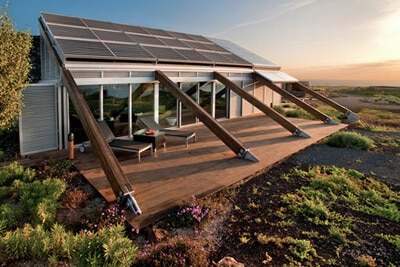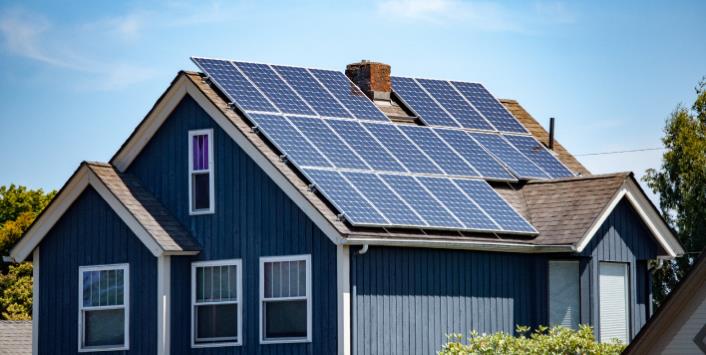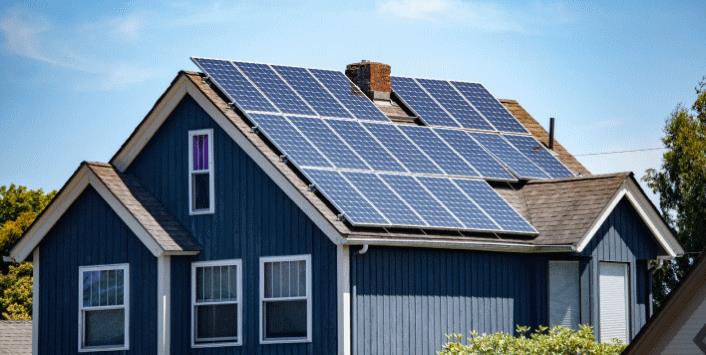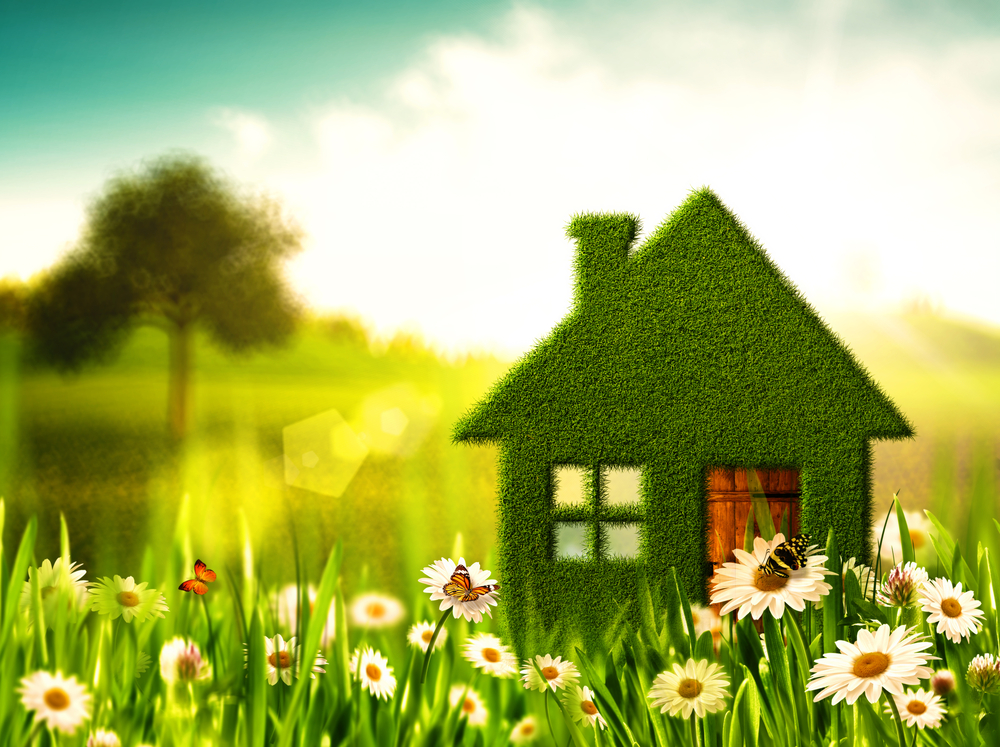
Are you looking to reduce waste and create nutrient-rich soil for your garden? Look no further than home composting.
In this article, we will guide you through the process of initiating a home composting project. From choosing the right compost bin to maintaining your compost pile, we will provide practical and informative tips to help you unleash your green thumb.
Join us as we explore the world of composting and discover the freedom of sustainable gardening.
Choose a Compost Bin
To begin your home composting project, select an appropriate compost bin that suits your needs and preferences.
There are various compost bin options available, each with its own pros and cons.
One option is a traditional bin, which is a sturdy, enclosed container that provides excellent insulation and pest protection. However, it may be more expensive and require regular maintenance.
Another option is a tumbler bin, which allows for easy mixing and aeration of the compost, but can be limited in capacity.

If you prefer a more DIY approach, consider using materials such as wooden pallets or wire mesh to create your own compost bin. This allows for customization and cost savings, but may require more effort in construction.
Explore these options to find the compost bin that best suits your needs and get ready to unleash your green thumb.
Find a Suitable Location
When initiating a home composting project, it is essential to identify a suitable location for your compost bin. Choosing the right spot for your composting area is crucial to ensure successful decomposition of organic waste. Here are some factors to consider when setting up your composting area:
- Sunlight: Place your compost bin in an area that receives ample sunlight. Sunlight helps accelerate the decomposition process and keeps the compost warm.
- Drainage: Ensure that the location has good drainage to prevent waterlogging, which can lead to unpleasant odors and slow down the composting process.
- Accessibility: Select a spot that is easily accessible for adding organic waste and turning the compost pile.
- Troubleshooting common issues: Avoid placing your compost bin near trees or shrubs to prevent invasive roots from disrupting the compost pile. Additionally, keep it away from areas prone to strong winds to prevent the pile from scattering.
Composting in urban environments offers numerous benefits, such as reducing waste sent to landfills and producing nutrient-rich soil for urban gardens. By finding the right location, you can enjoy the rewards of successful composting.
Gather Green and Brown Materials
To begin your home composting project, gather the necessary green and brown materials.
Composting techniques involve the decomposition of organic matter to create nutrient-rich soil for your plants.
Green materials refer to items high in nitrogen, such as kitchen scraps, grass clippings, and fresh leaves. These materials provide the necessary moisture and nitrogen for the composting process.

On the other hand, brown materials are high in carbon and include items like dry leaves, straw, and wood chips. They add structure and help maintain a proper carbon-to-nitrogen ratio in the compost pile.
By combining green and brown materials in the right proportions, you can create an ideal environment for beneficial microorganisms to break down the organic matter.
This process not only reduces waste but also produces a sustainable and nutrient-rich soil amendment for your garden.
Start Your Compost Pile
Now that you have gathered the necessary green and brown materials for your home composting project, how do you start your compost pile? Follow these steps to get your compost pile up and running:
- Find a suitable location: Choose a spot in your yard that is easily accessible and receives partial sunlight. If you have limited space, consider composting in a small bin or even indoors using a worm composting method.
- Prepare the base: Lay down a layer of twigs or straw to promote airflow and drainage. This will prevent your compost from becoming too compacted and smelly.
- Build layers: Alternate between adding green and brown materials in thin layers. Green materials include vegetable scraps, grass clippings, and coffee grounds, while brown materials include dry leaves, shredded paper, and cardboard. Aim for a ratio of roughly 2:1 brown to green.
- Monitor and maintain: Keep your compost moist, but not soggy, by watering it occasionally. Turn the pile every few weeks to aerate it and promote decomposition.
By following these steps, you will be well on your way to creating nutrient-rich compost for your garden while minimizing waste.
If you encounter any common composting problems, such as a foul smell or slow decomposition, refer to troubleshooting guides for effective solutions.
Maintain Your Compost
Continuing the process of home composting, it is essential to actively manage and care for your compost pile. By maintaining your compost, you can prevent common composting mistakes and troubleshoot any issues that may arise.

One common mistake is not providing enough air circulation in the pile. To avoid this, regularly turn and mix the compost to promote oxygen flow.
Another mistake is adding too much moisture, which can lead to a smelly, anaerobic pile. Ensure your compost remains moist but not waterlogged by monitoring its moisture levels and adding water as needed.
Additionally, regularly check the temperature of your compost to ensure it stays within the optimal range of 120-150°F.
Frequently Asked Questions
How Long Does It Take for Compost to Be Ready to Use in the Garden?
Compost typically takes anywhere from a few months to a year to be ready for use in the garden. Utilizing compost in container gardening provides numerous benefits, such as improved soil structure and fertility, increased nutrient availability, and reduced environmental impact.
Can I Compost Meat or Dairy Products?
Yes, you can compost meat and dairy products, but it is not recommended for home composting projects. These materials can attract pests and produce unpleasant odors. Stick to composting plant-based materials for optimal results and to avoid potential issues.
Can I Use Compost From My Home Composting Project for Indoor Plants?
Compost from a home composting project can be used for indoor plants, providing numerous benefits. Using compost tea for indoor plants can improve soil structure, enhance nutrient availability, and promote healthy growth, making it an excellent choice for indoor gardening.
Will Composting Attract Pests or Rodents to My Yard?
Composting can attract pests and rodents to your yard if not managed properly. However, there are effective pest control and prevention techniques you can implement, such as using a sealed compost bin and avoiding adding meat or dairy products.

What Should I Do if My Compost Pile Starts to Smell Bad?
If your compost pile starts to smell bad, there are several troubleshooting tips you can try to prevent odor. These include adding more dry materials, aerating the pile, avoiding certain items, and adjusting the moisture level.
 Family Craft ProjectsHome ImprovementCooking and BakingReuse and RecycleDIY GiftsEco-Friendly ProjectsDIY Home SolutionsSeasonal ActivitiesFun and GamesLearn TogetherPrivacy PolicyTerms And Conditions
Family Craft ProjectsHome ImprovementCooking and BakingReuse and RecycleDIY GiftsEco-Friendly ProjectsDIY Home SolutionsSeasonal ActivitiesFun and GamesLearn TogetherPrivacy PolicyTerms And Conditions

 Family Craft ProjectsHome ImprovementCooking and BakingReuse and RecycleDIY GiftsEco-Friendly ProjectsDIY Home SolutionsSeasonal ActivitiesFun and GamesLearn TogetherPrivacy PolicyTerms And Conditions
Family Craft ProjectsHome ImprovementCooking and BakingReuse and RecycleDIY GiftsEco-Friendly ProjectsDIY Home SolutionsSeasonal ActivitiesFun and GamesLearn TogetherPrivacy PolicyTerms And Conditions
